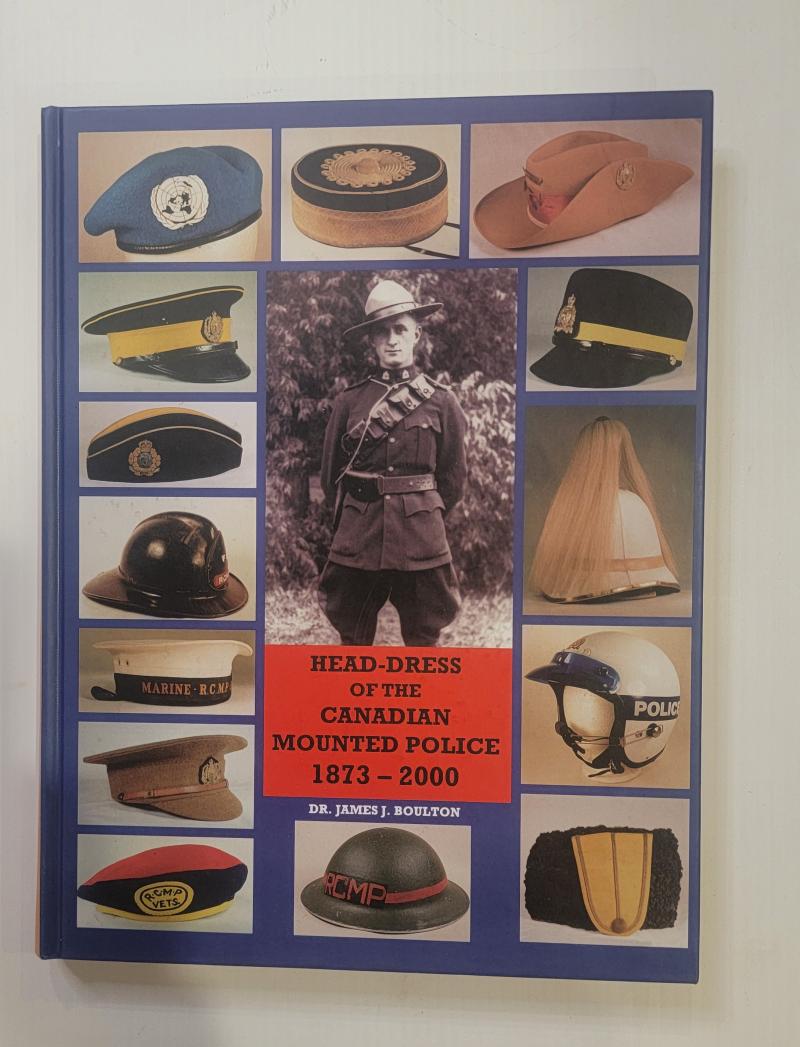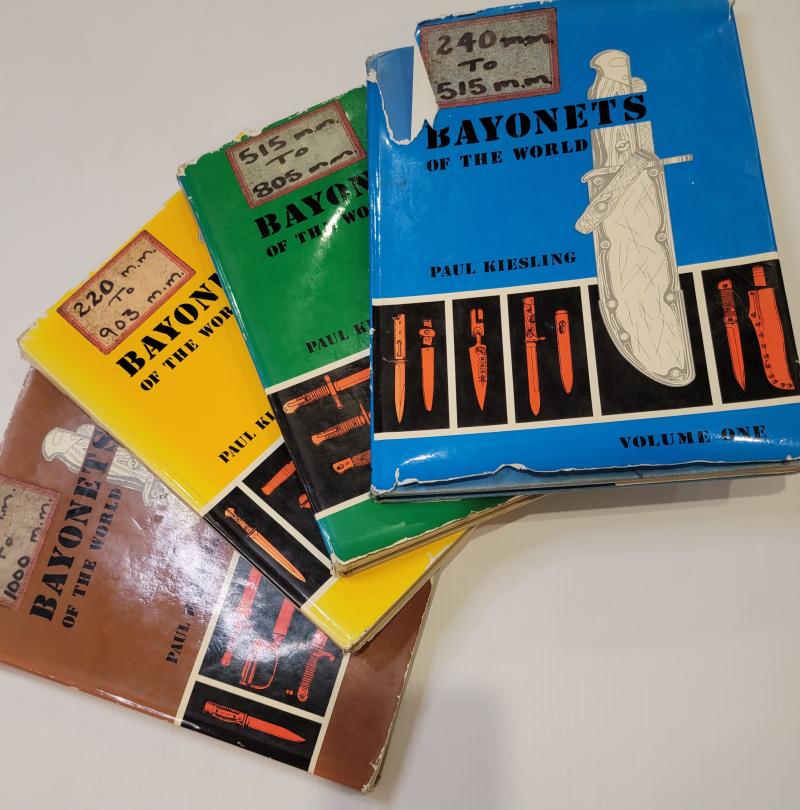Weapons of India
A detailed look at the weapons and armour of India. Full of colour plates and in new condition. read more
Price
on
Request
Field Marshal Horatio Herbert Kitchener, 1st Earl Kitchener KG, KP, GCB, OM, GCSI, GCMG, GCIE, ADC, PC Portrait
A very well preserve portrait of one of Britain's most famous generals of the late Victorian era. Large frame measures about 30" by 36". He drowned in 1916 when his ship struck a mine.
Prefer local sale due to glass, but can ship well packed. read more
Price
on
Request
RCMP Head-dress of the Canadian Mounted Police 1873 - 2000
The best reference on the Mounties Head gear, in great condition. A rare book. read more
Price
on
Request
Uniforms of the Canadian Mounted Police
A very rare and desirable book for the serious Mounty Collector. In great condition. read more
Price
on
Request
Bayonets of the World Volumes I to IV
Offered are a 4 volume set of references to bayonets from around the world. This is a girth of information, filled with photos of patterns from all countries that manufactured bayonets. A very comprehensive study for the serious collector. Fair condition, seen a lot of use, dust covers worn and with stickers. Priced accordingly. read more
Price
on
Request
Third Reich Daggers 1933-45
An excellent resource for the beginner, includes details on fakes and what to look for when hunting that first blade for the collection. God condition read more
Price
on
Request
Collecting the Edged Weapons of the Third Reich Vol 1
A good overall introduction to the sword and daggers of the era all arms and services. Good condition read more
Price
on
Request
Daggers, Bayonets and Fighting Knives of Hitler's Germany
A good overall review of all of these styles of decorative and field fighting knives and daggers. One of the best references on this topic, full of illustrations. read more
Price
on
Request
German Bayonets 1919 to 1945
A great resource reference books on WWII bayonets full of illustrations and detailed history, data and nuances. Good condition. read more
Price
on
Request
German Small Arms Markings
A great reference for the serious collector of German Pistols, etc. Good condition with lists and marking for contractors in Germany. read more
Price
on
Request











